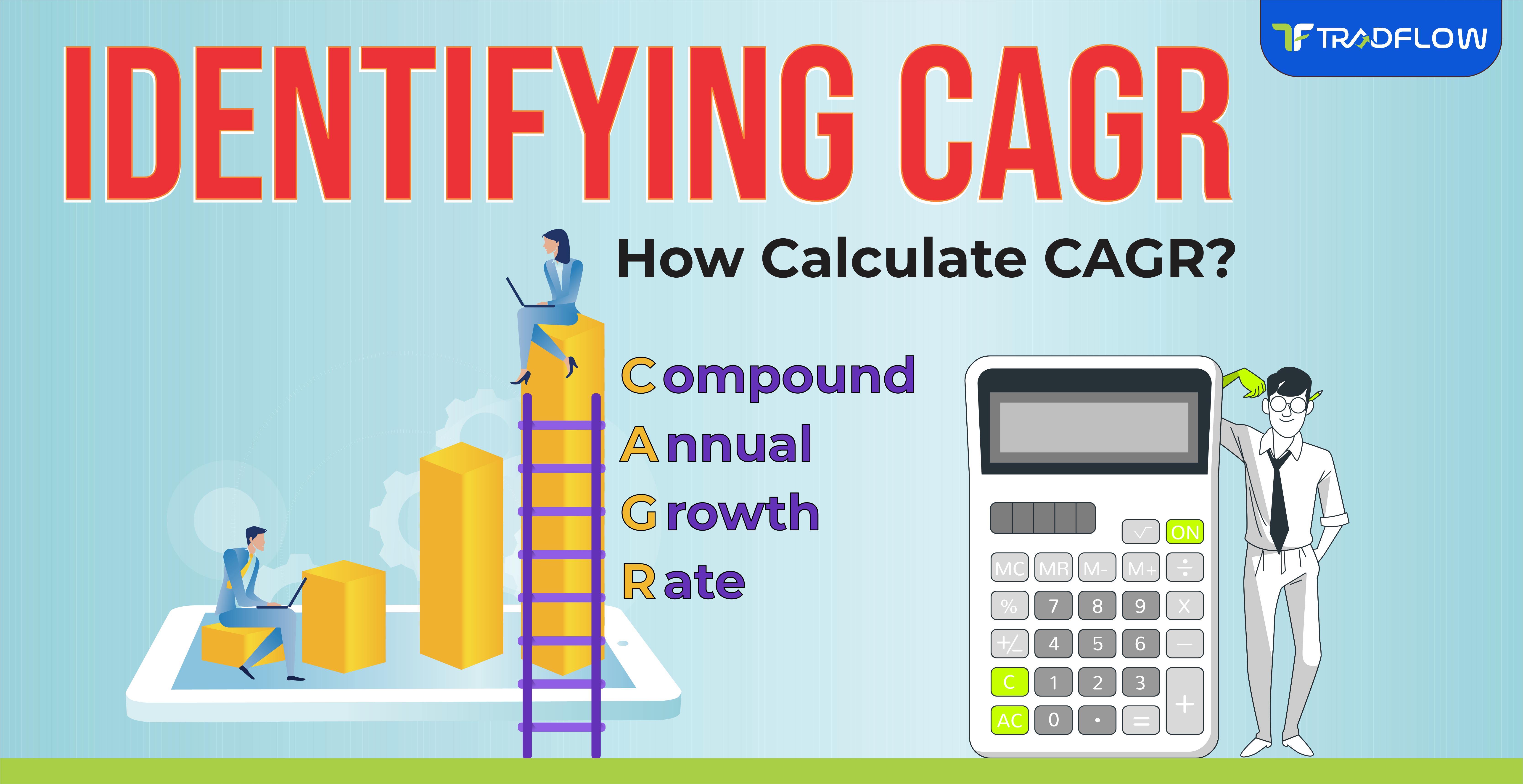Identifying role of CAGR
There is a principle in finance when your earnings generate earning generate earnings on your investment, over time. This is called compounding, this ensure growth in your investment. You see the annual growth of your investment is measured by CAGR or Compound Annual Growth Rate.
CAGR (compound annual growth rate)measures the growth of your investment over a specific period of time. It tells how much your investment has annually grown. It smoothen the ups and downs giving it a specific value of money. It also helps to compare different kind of options in investment and make informed decision about where it is you can invest your money.
Identifying CAGR:
How to ensure your mutual fund investment has high return??
Look for those with high CAGR (compound annual growth rate).
How Calculate CAGR?
CAGR = [(Final Value / Initial Investment) ^ (1/n)] – 1
Where n is number of years
For example :- if you invest 10k in a mutual fund 5 years ago then today its worth would be 20k.
Then to find CAGR
(20,000/10,000)⅕ -1
= (2) ⅕ -1
= 1.1487−1
= 0.1487
=14.87%
This CAGR return means that your money grew at an average rate of 14.87% per year.
What is CAGR to mutual fund?
When looking for long term performance of a mutual fund CAGR (compound annual growth rate) is an important thing to look at. AMC’s or Asset Management Companies provide growth figures for various durations, such as one year, three years, five years, or even since inception, in their monthly fact sheets. This metric can be a valuable tool for assessing a fund's overall growth trajectory.
Why is CAGR important?
Comparison:
It allows you to compare the performance of different mutual funds, regardless of their initial investment amounts or the duration of the investment period.
Long term performance
A clear picture of mutual fund is provided with the help of CAGR. It shows how much a fund has performed consistently over a period of time. It helps you measure the fund's ability to generate steady returns over time.
Investment Decision Making
A higher CAGR (compound annual growth rate) generally indicates a better-performing fund. However, it's crucial to consider other factors like the fund's risk profile, expense ratio, and the fund manager's experience before making an investment decision.
Limitation of CAGR
Smoothes out Volatility:
CAGR (compound annual growth rate) manages to present long term average growth rate, but fails to capture short term ups and downs. This can mask period of significant volatility.
Doesn't Account for Additional Investments:
If you've added more money to the fund over time, CAGR (compound annual growth rate) might overstate the actual return.
Past Performance Isn't Predictive:
A high CAGR in the past doesn't guarantee future performance. Market conditions and fund management can change.
Doesn't Consider Risk:
CAGR doesn't directly account for the risk involved in the investment. A higher CAGR might come with higher volatility.
Conclusion
Conclusion, CAGR has provided immense utility for understanding mutual funds in the long-run scenario. An investor by going through this understanding is at least capable of assessing investment into any of such funds.
Although CAGR provides a very clear overview of the history of one's fund, past performances are not indicators of future. Market conditions may change dramatically, and management strategies would change as well. With this in mind, then, investors must use more than just CAGR combined with other metrics to give them a clear picture prior to making any investment choices.
Disclaimer: I should be stating that, I am not SEBI certified Research Analyst, do your own due diligence before investing or ask your investment advisor.








